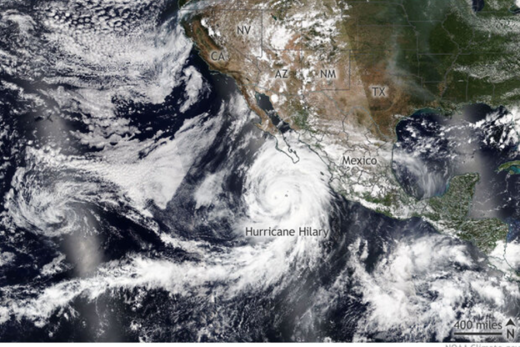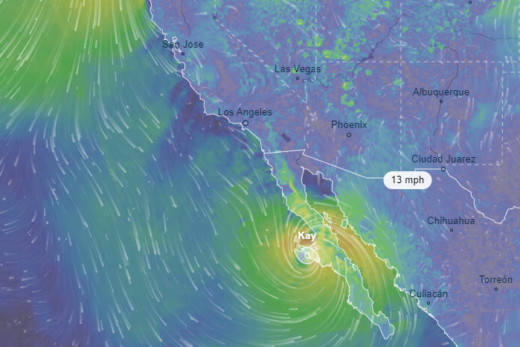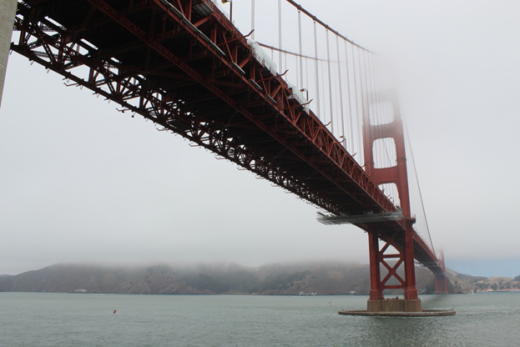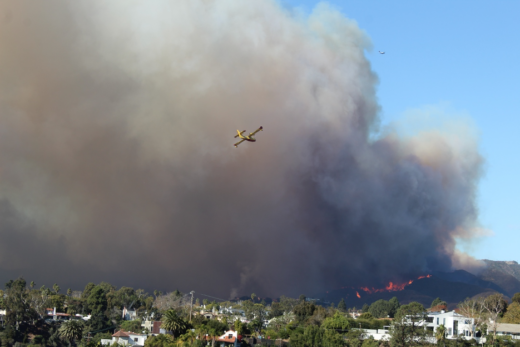In many ways, the two Californias reflect larger-scale divisions that have become apparent across our nation in recent years. Regardless of our politics, we can all appreciate how oversimplified media coverage of issues and events has painted our country into two entrenched camps with many labels. They have been referred to as red (Republican) versus blue (Democrat), conservative versus progressive, those who want to draw inward and cherish traditional values and lifestyles versus those who want to reach outward and embrace change and new lifestyles.

Regardless of the labels, there are geographic regions within our nation and our state where these contrasting perceived stereotypes can be observed and they are having profound impacts on our landscapes, cultures, and institutions. Nationally, the more rural traditional attitudes, cultures, and politics that may dominate in many southern and Midwestern states contrast with the larger U.S. coastal cities where more progressive cultures and politics tend to rule the day. Likewise, more traditional values and conservative politics still dominate extensive rural and suburban regions of our state mostly north of Sacramento and the Bay Area and throughout inland regions of California. People in the larger coastal cities tend to be more diverse and open to change as they more frequently celebrate progressive politics and lifestyles.
Of course, there are many exceptions to these oversimplified divisions. Before you follow the stereotypes by jumping into one or the other (philosophically or geographically), it might be prudent to consider the deeper roots of these trends and the people who adhere to them. A better understanding of these roots and the people who think differently from us might also help encourage more constructive dialogue that leads to better understanding of the issues of our time and more thoughtful solutions for the problems that confront us.
These philosophical and geographical contradictions and conflicts are reflections of the internal struggles we all face as we grow, mature, learn, and move forward in life just as California has gown, matured, and moved forward as its landscapes reflect. Among all the habits and traditions and values we have learned and experienced, which do we want to carry on with us and which do we want to discard? How can we learn from our past mistakes and cast aside the negative values and habits (sometimes referred to as baggage) that cause suffering and destruction? How can we learn to embrace the behaviors and ways of living that move us forward toward more positive and productive lives? Just as these are personal conflicts that everyone must confront (as they will determine the quality of our physical and mental health), so do our landscapes reflect our collective decisions about what to leave out and what to embrace.

Whether it’s farming or other production, our consumption habits, how we worship, our definitions of and participation in community, our efforts to conserve landscapes that inform our historical roots, or our appetite to develop in the name of progress at every opportunity, we are making decisions every day in California that result in landscapes that often reflect the collective majority, or at least reflect the people who are powerful enough to change and build them. Whether you acknowledge it or not, these values and the signatures they leave on our landscapes are transforming your community no matter how large or small and they are impacting every life in our state, especially since change helps define California.
We are required to make these connections between us and how every person (especially in a state as diverse as California) must be informed and responsible to make better decisions if we are to move forward. Entrenching ourselves behind lines of ethnicity, language, religion, culture, income, and philosophy will block essential lines of communication and dismiss the empathy required to understand one another and solve problems, leaving our state’s future poisoned. California will falter if it follows the divisiveness model that has corrupted our nation’s decision making and led to gridlock. Or it can continue to lead by incorporating positive values and lessons from the past while embracing the changes that will lead to beneficial progress.
We all might disagree on exactly what to leave in and what to leave out, but we must all agree that an open, healthy, empathetic dialogue will be required to help us improve the quality of our living and working environments. Recognizing our connections to one another and the rest of the world, celebrating the diversity that has always defined our state, and making change work for us will not only make us a better state, but will build an even more influential model of how humanity will make it through a challenging 21st Century. In short, no pressure Californians, but the world may depend on California’s example as we find ourselves right in the middle of a tumultuous period that cries out for our leadership.






